Azure Data Factory: The Ultimate Prep Cook for Your Data Kitchen

Ready to transform your data strategy with cutting-edge solutions?
Imagine you're a chef in a big, bustling kitchen. You have recipes that need ingredients from various places: the fridge, the pantry, the garden, and sometimes even from specialty stores. But gathering all these ingredients, preparing them, and ensuring they're the right quality can take a lot of time.
Now, think of having a magical kitchen assistant. This assistant doesn't just fetch ingredients; it's capable of going to multiple places, checking the quality of the ingredients, washing, chopping, and even marinating them just the way you need. This assistant ensures that by the time you start cooking, everything is set up perfectly for you.
This is precisely the role Azure Data Factory (ADF) plays in the digital realm, acting as the bridge between raw data sources and meaningful insights.
What is Azure Data Factory?
Azure Data Factory is like that magical kitchen assistant, but for data professionals. Instead of ingredients, it's about data. Data Factory can reach out to various data sources, ensure the data is of good quality, process it, and prepare it exactly as needed. It streamlines the whole process, ensuring that when someone needs to analyze or use the data, everything is ready to go. In essence, Azure Data Factory, or ADF, is a cloud-based data integration service that orchestrates and automates the movement and transformation of data.
Key Components of ADF
To understand ADF better, let’s dive deeper into its main components, paralleling them with our kitchen analogy:
Pipeline
Kitchen Analogy: Think of this as the recipe card. It outlines the steps to transform raw ingredients into a delicious dish.
ADF Explanation: A pipeline is a logical grouping of activities that together perform a task. These activities could be data movement actions or data transformation actions.
Data Sets
Kitchen Analogy: These are the raw ingredients, be it vegetables, meats, or spices.
ADF Explanation: Datasets represent the data structures within the data stores, which simply point to the data you want to use in your activities. It could be data from SQL databases, file-based storage, or even NoSQL databases.
Linked Services
Kitchen Analogy: These are the sources or places where you get your ingredients. For instance, the local grocery store or the farmer's market.
ADF Explanation: Linked services are much like connection strings. They define the connection information needed for ADF to connect to external resources.
Triggers
Kitchen Analogy: This is the scheduled time or the reason you start cooking. Maybe it's 12 pm and time for lunch, or there's a special event in the evening.
ADF Explanation: Triggers in ADF define the conditions under which a pipeline runs. This can be on a schedule or in response to an event.
Data Flows
Kitchen Analogy: Think of this as the step-by-step cooking process, like sautéing the vegetables, then adding the spices, and finally simmering the sauce.
ADF Explanation: Data flows are a series of transformations that you design graphically to transform raw data into actionable insights.
Real-life Use Cases of ADF
E-Commerce Data Analysis
Just as a chef might combine ingredients from various sources to make a gourmet dish, an e-commerce company could use ADF to bring together customer data from its website, sales data from its POS system, and inventory data from its warehouses. This integrated data can then be used to derive insights about sales trends, customer preferences, and inventory turnover.
Healthcare Patient Records
A hospital might have patient records spread across various departments: radiology, general medicine, and surgery, to name a few. ADF can be the magical assistant that brings together all these records, ensuring that doctors and medical staff have a comprehensive view of a patient’s health.
Financial Forecasting
A financial firm, much like a chef wanting to create the perfect dish, would want to combine market data, historical data, and economic indicators to make accurate forecasts. ADF can automate the process of gathering and processing this data, making it easier for analysts to derive insights.
Conclusion
Azure Data Factory, with its powerful components, acts as the bridge between raw data and meaningful insights, much like a diligent kitchen assistant ensuring that a chef has everything they need to create culinary masterpieces. Whether you're in e-commerce, healthcare, finance, or any other industry, ADF ensures your data is prepped, cooked, and served just right!
Ready to Experience the Future of Data?
You Might Also Like

Snowflake recommends 100–250 MB files for optimal loading, but why? What happens when you load one large file versus splitting it into smaller chunks? I tested this with real data, and the results were surprising. Click to discover how this simple change can drastically improve loading performance.
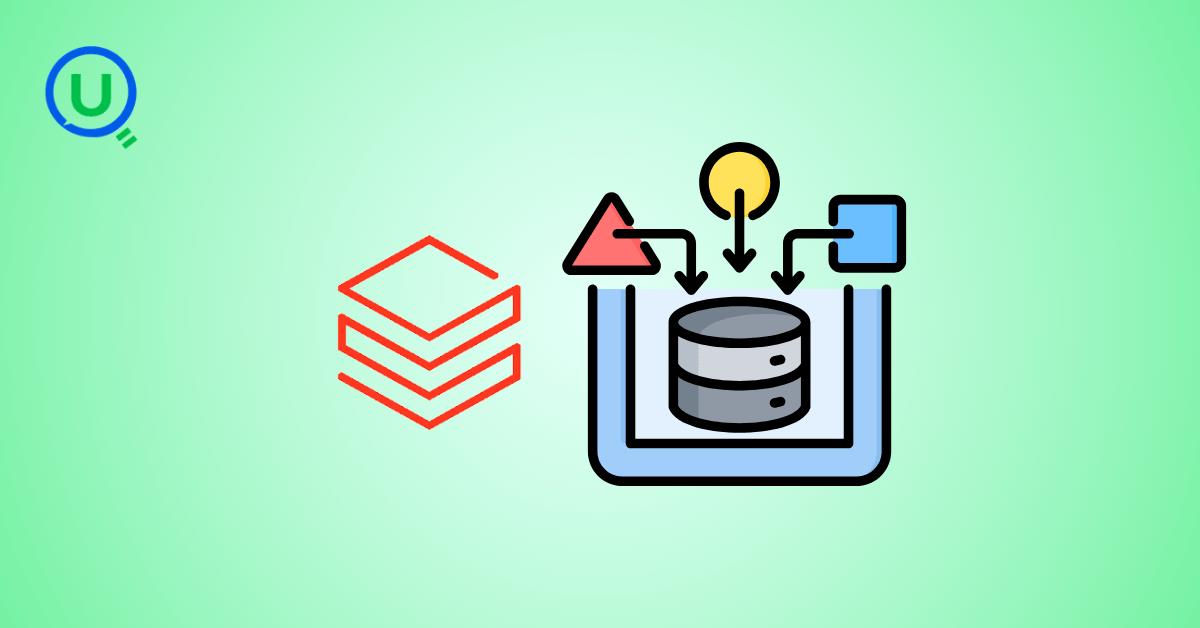
Master the bronze layer foundation of medallion architecture with COPY INTO - the command that handles incremental ingestion and schema evolution automatically. No more duplicate data, no more broken pipelines when new columns arrive. Your complete guide to production-ready raw data ingestion
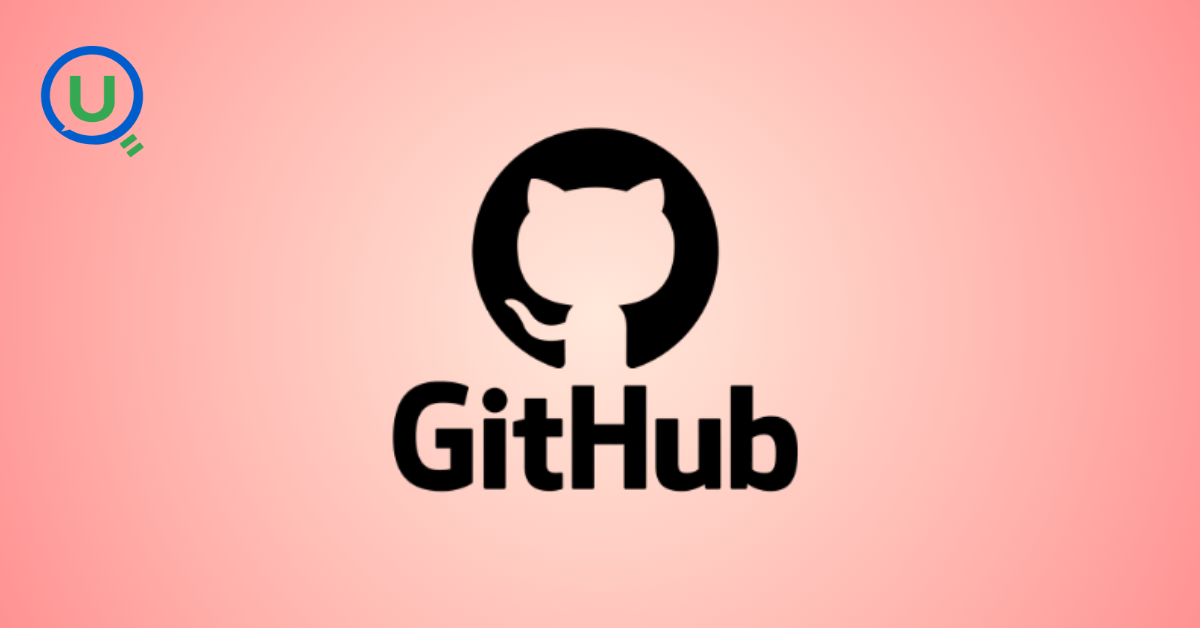
Learn Git and GitHub step by step with this complete guide. From Git basics to branching, merging, push, pull, and resolving merge conflicts—this tutorial helps beginners and developers collaborate like pros.

Discover how data management, governance, and security work together—just like your favorite food delivery app. Learn why these three pillars turn raw data into trusted insights, ensuring trust, compliance, and business growth.

A simple request to automate Google feedback forms turned into a technical adventure. From API roadblocks to a smart Google Apps Script pivot, discover how we built a seamless system that cut form creation time from 20 minutes to just 2.

Step-by-step journey of setting up end-to-end AKS monitoring with dashboards, alerts, workbooks, and real-world validations on Azure Kubernetes Service.
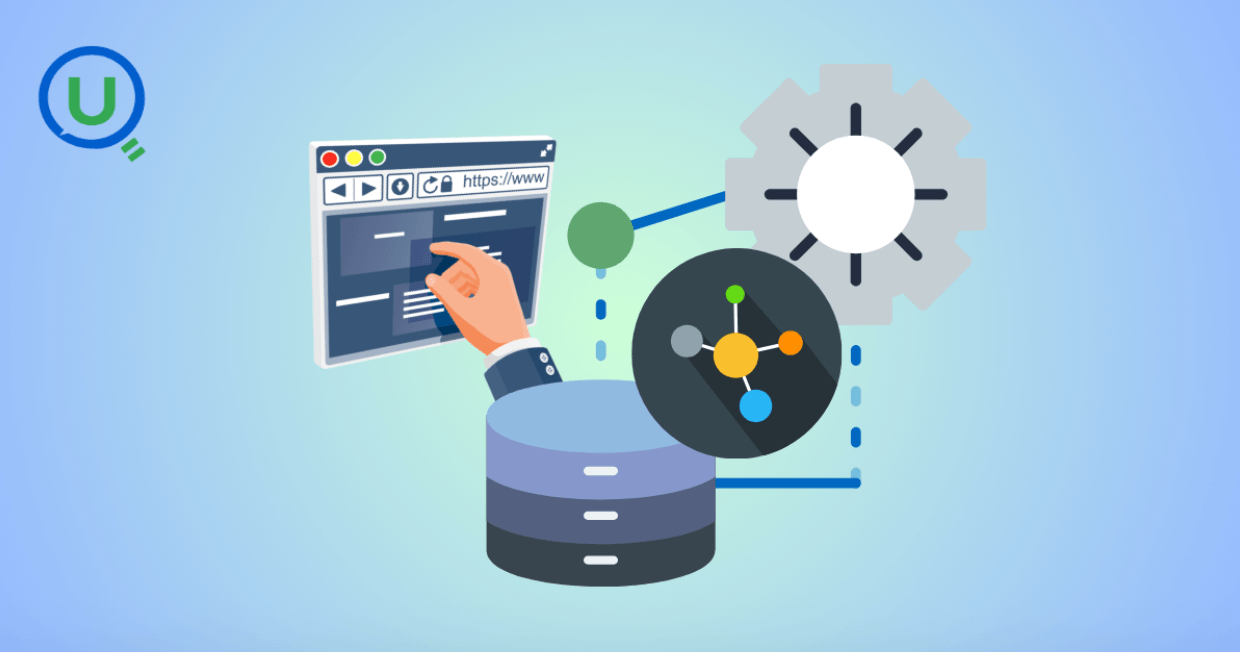
My learning experience tracing how an app works when browser is refreshed

This is the first in a five-part series detailing my experience implementing advanced data engineering solutions with Databricks on Google Cloud Platform. The series covers schema evolution, incremental loading, and orchestration of a robust ELT pipeline.
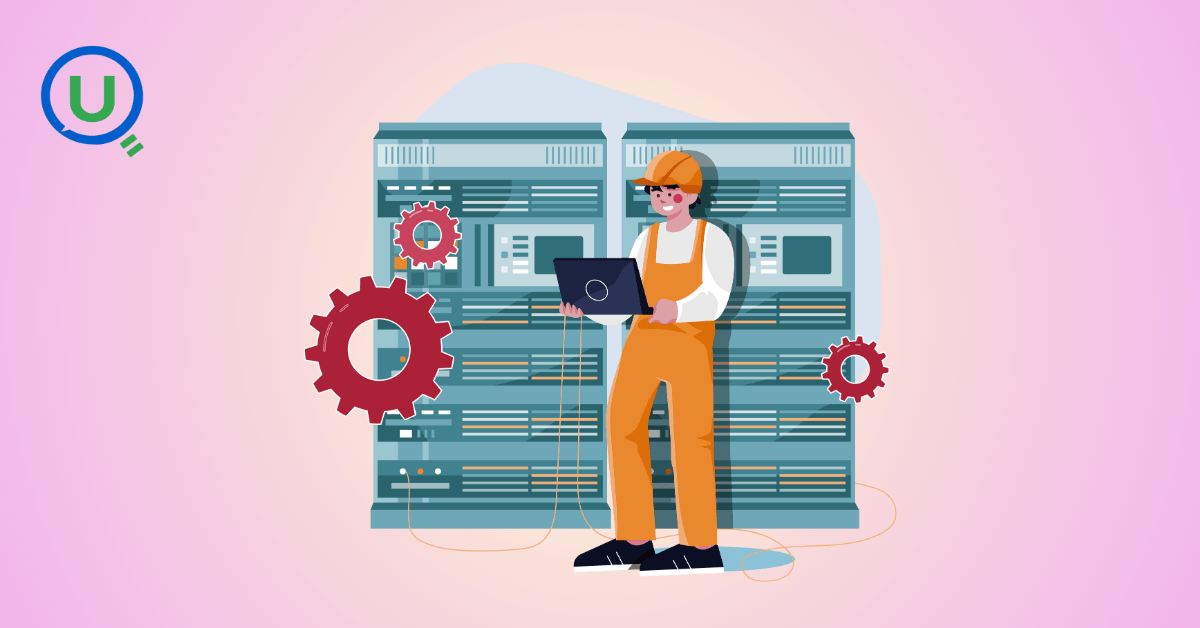
Discover the 7 major stages of the data engineering lifecycle, from data collection to storage and analysis. Learn the key processes, tools, and best practices that ensure a seamless and efficient data flow, supporting scalable and reliable data systems.
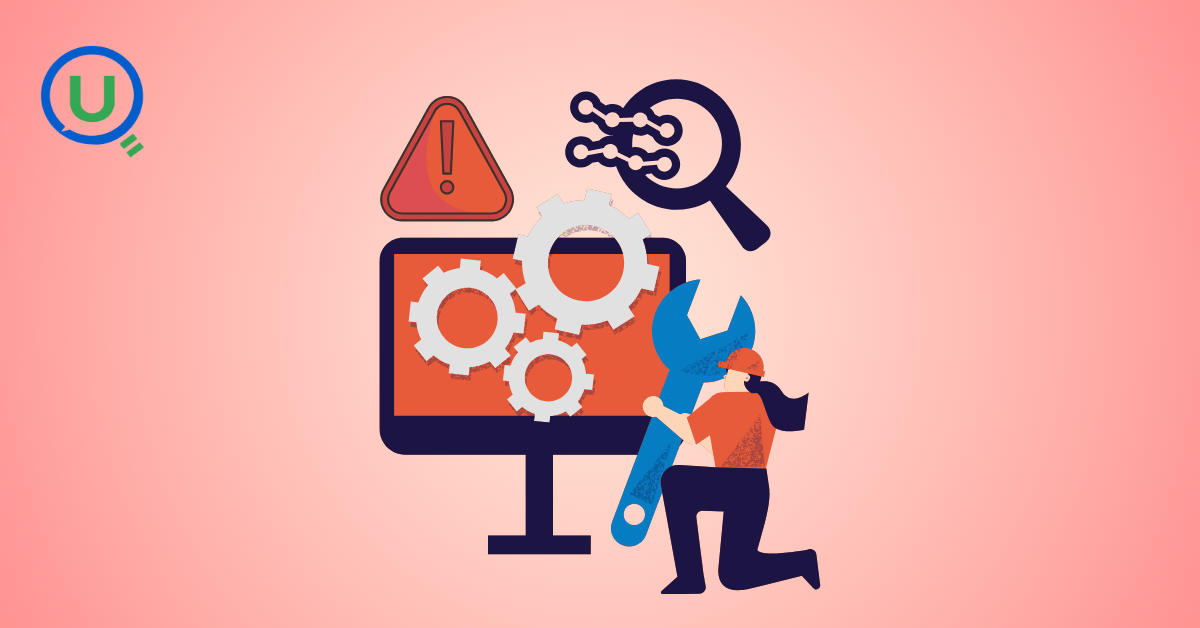
This blog is troubleshooting adventure which navigates networking quirks, uncovers why cluster couldn’t reach PyPI, and find the real fix—without starting from scratch.
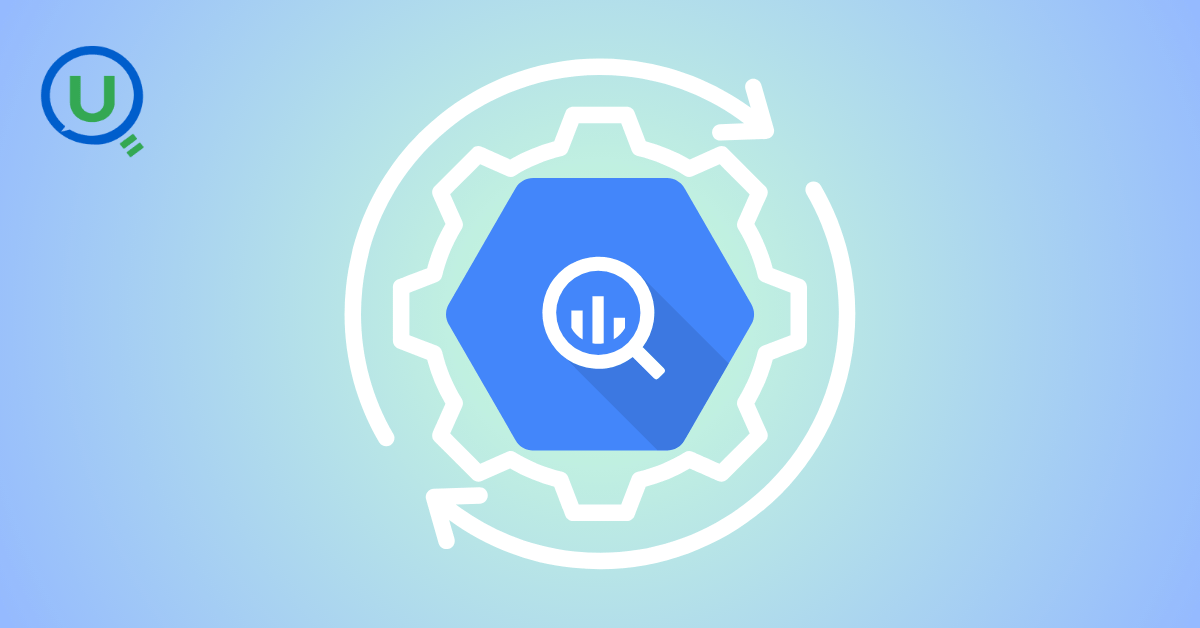
Explore query scanning can be optimized from 9.78 MB down to just 3.95 MB using table partitioning. And how to use partitioning, how to decide the right strategy, and the impact it can have on performance and costs.
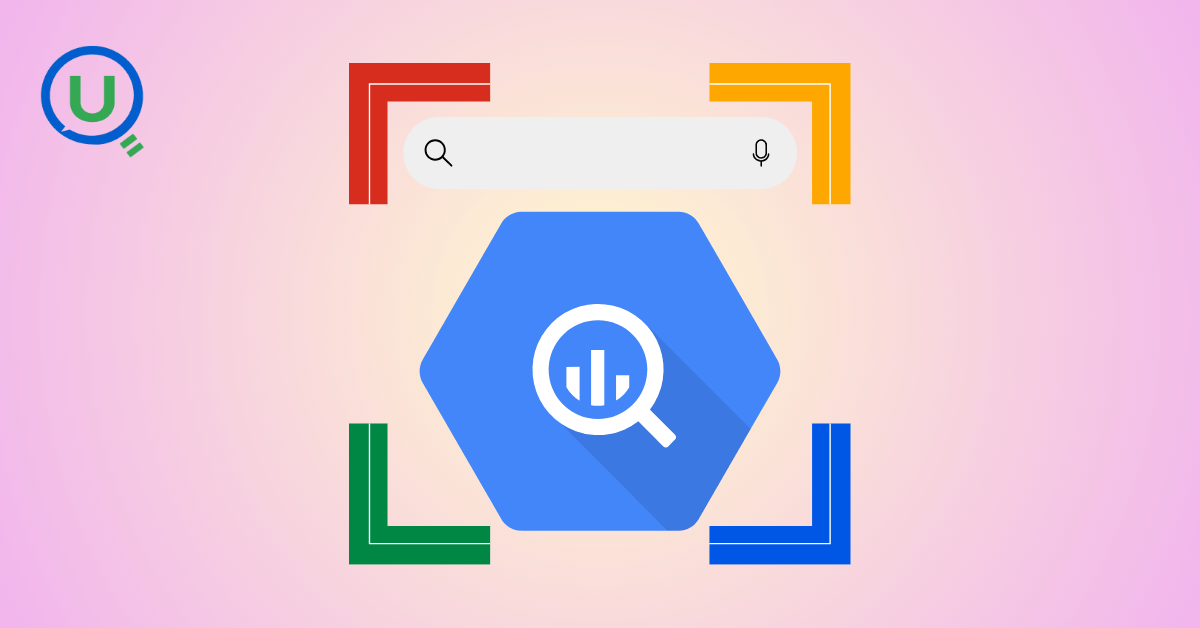
Dive deeper into query design, optimization techniques, and practical takeaways for BigQuery users.
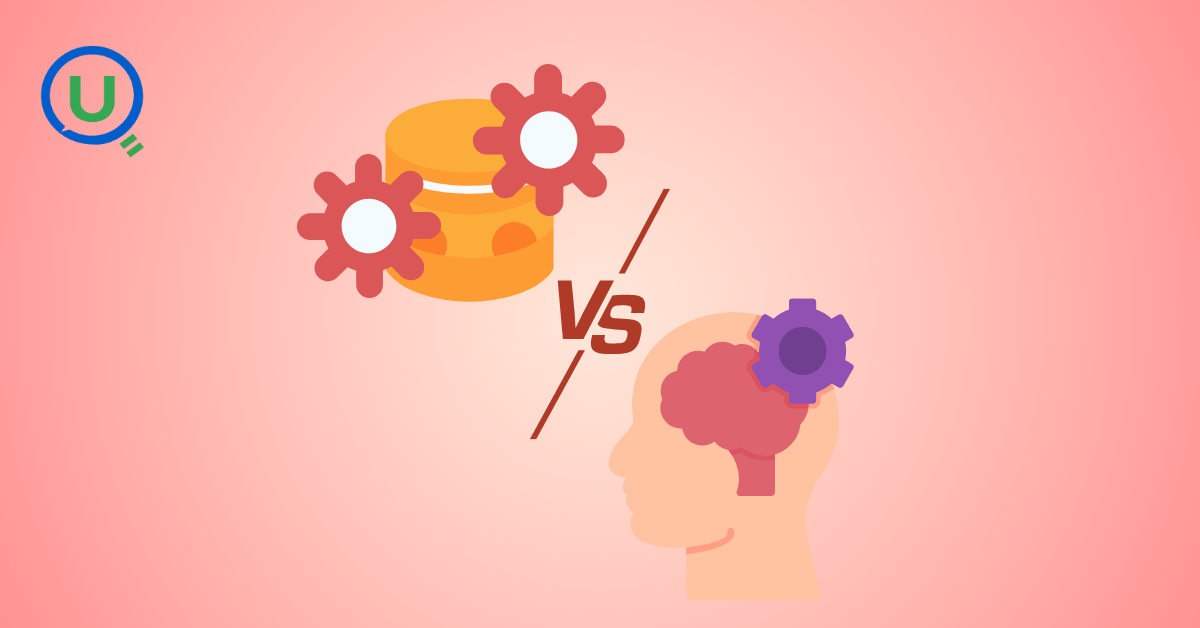
Wondering when to use a stored procedure vs. a function in SQL? This blog simplifies the differences and helps you choose the right tool for efficient database management and optimized queries.

This blog talks about the Power Law statistical distribution and how it explains content virality

Discover how BigQuery Omni and BigLake break down data silos, enabling seamless multi-cloud analytics and cost-efficient insights without data movement.

In this article we'll build a motivation towards learning computer vision by solving a real world problem by hand along with assistance with chatGPT
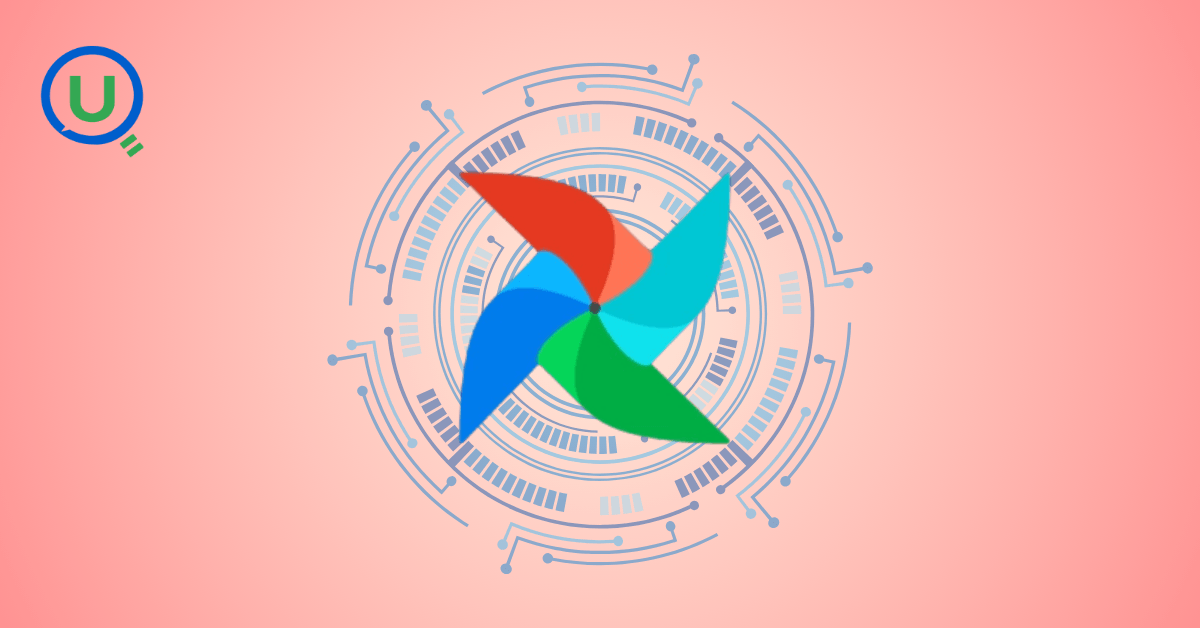
This blog explains how Apache Airflow orchestrates tasks like a conductor leading an orchestra, ensuring smooth and efficient workflow management. Using a fun Romeo and Juliet analogy, it shows how Airflow handles timing, dependencies, and errors.

The blog underscores how snapshots and Point-in-Time Restore (PITR) are essential for data protection, offering a universal, cost-effective solution with applications in disaster recovery, testing, and compliance.
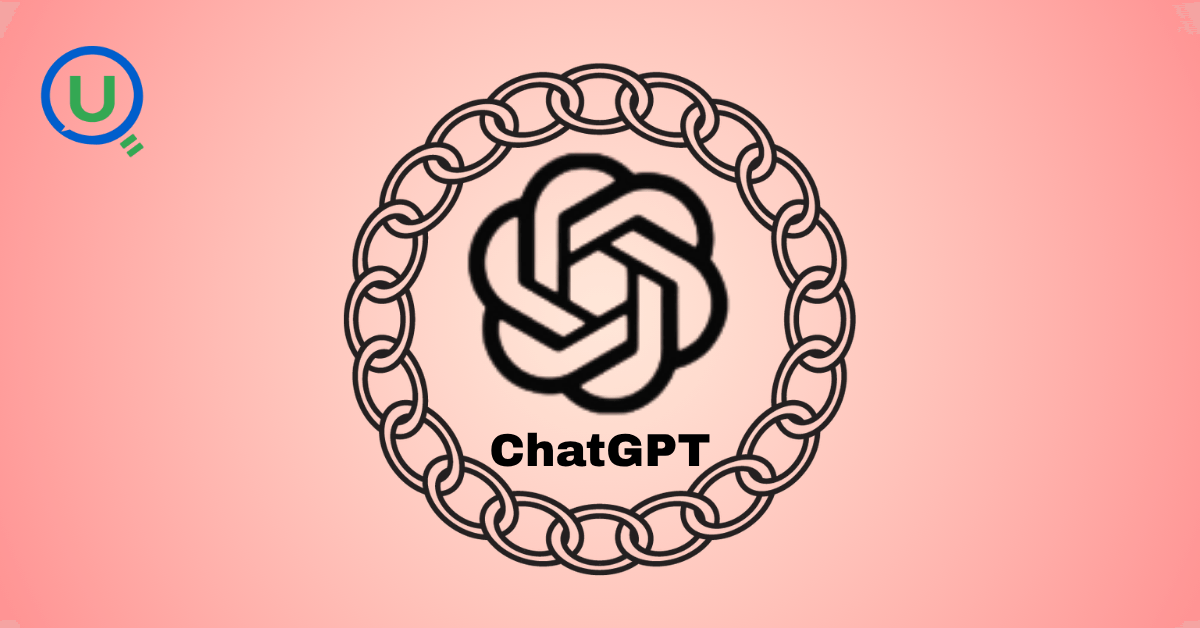
The blog contains the journey of ChatGPT, and what are the limitations of ChatGPT, due to which Langchain came into the picture to overcome the limitations and help us to create applications that can solve our real-time queries
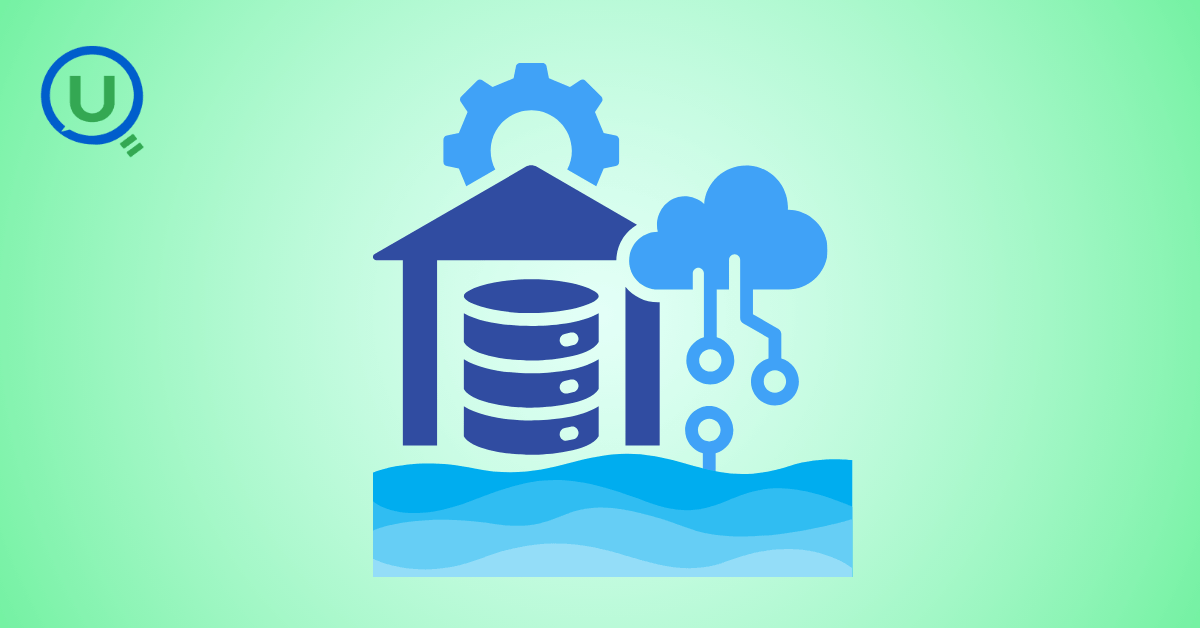
This blog simplifies the complex world of data management by exploring two pivotal concepts: Data Lakes and Data Warehouses.

An account of experience gained by Enqurious team as a result of guiding our key clients in achieving a 100% success rate at certifications

demystifying the concepts of IaaS, PaaS, and SaaS with Microsoft Azure examples
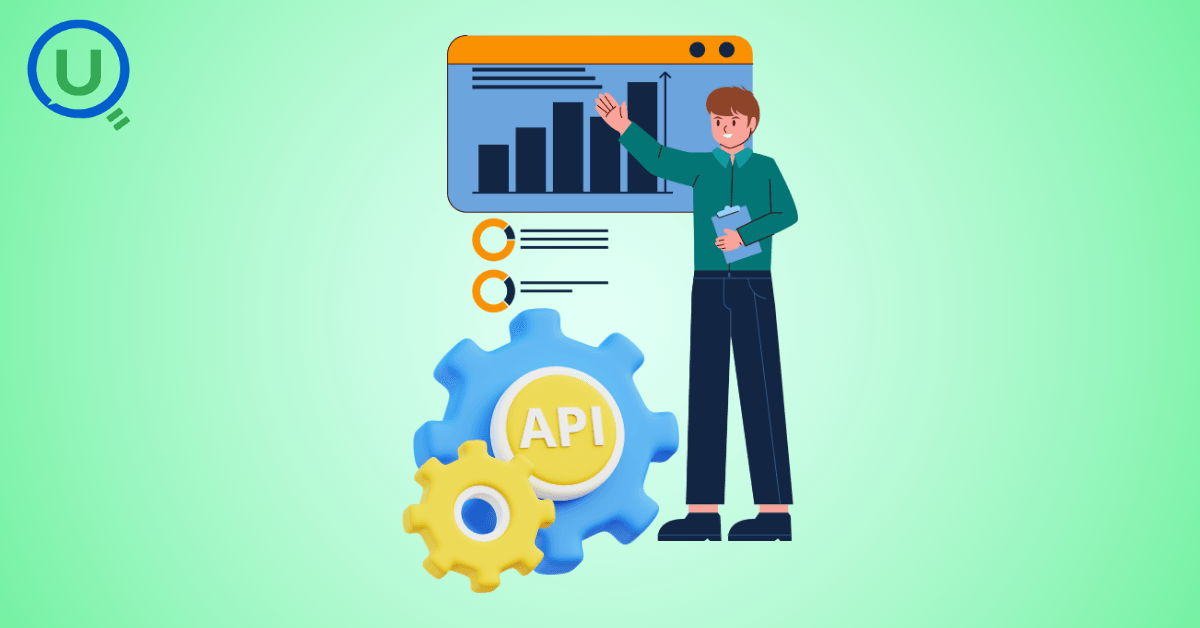
Revolutionizing e-commerce with Azure Cosmos DB, enhancing data management, personalizing recommendations, real-time responsiveness, and gaining valuable insights.
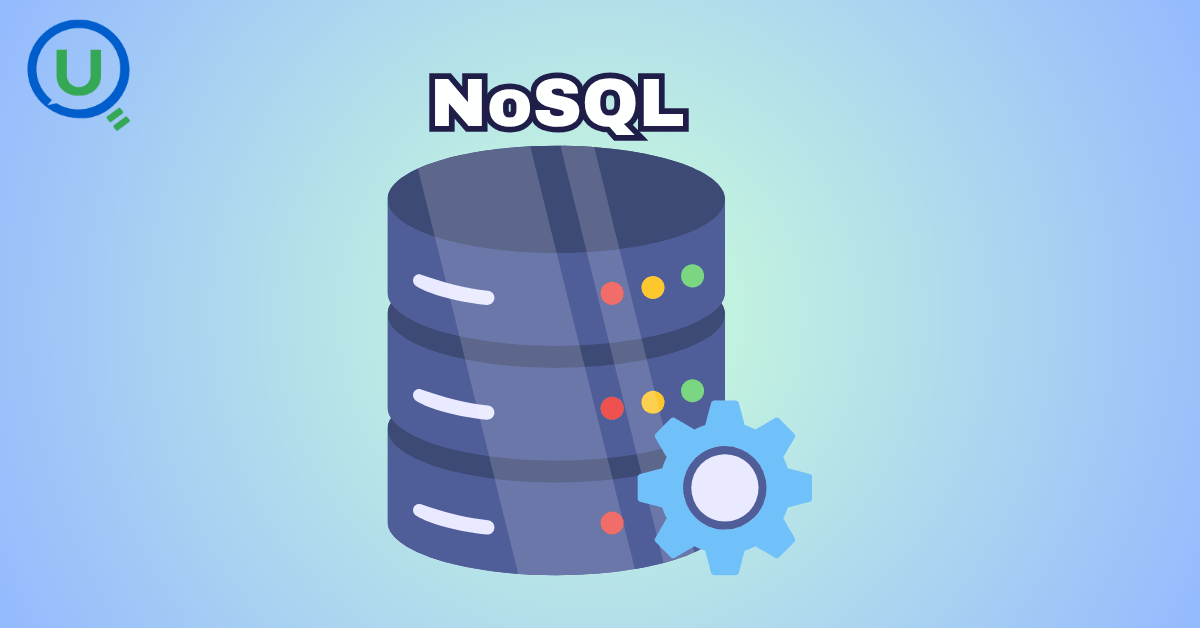
Highlights the benefits and applications of various NoSQL database types, illustrating how they have revolutionized data management for modern businesses.
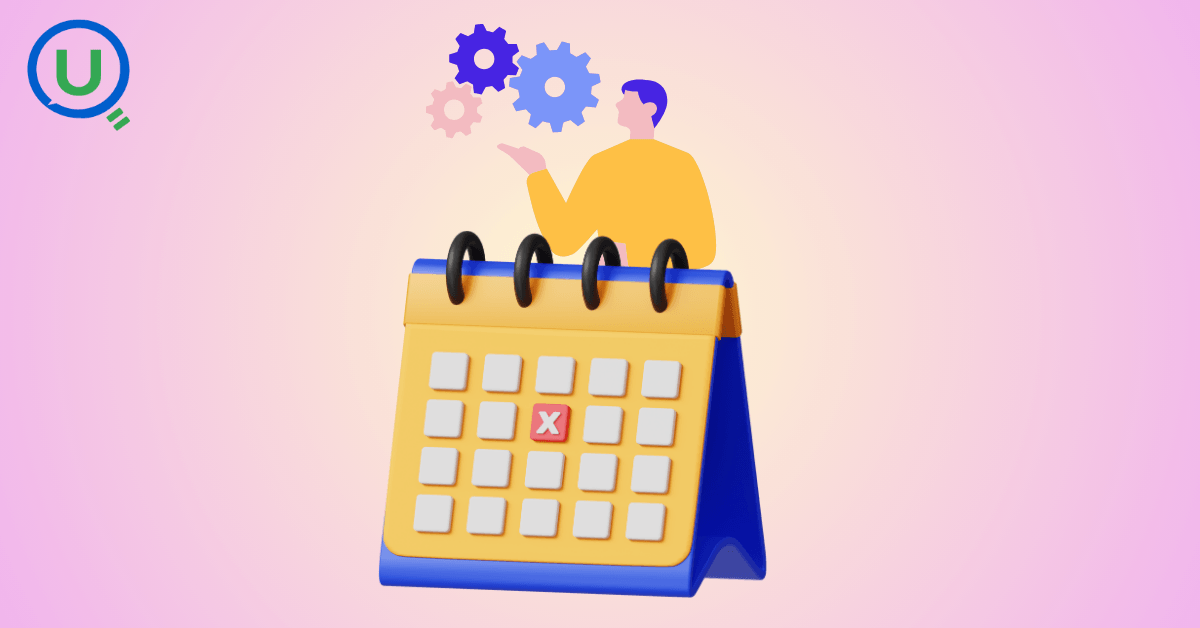
This blog delves into the capabilities of Calendar Events Automation using App Script.
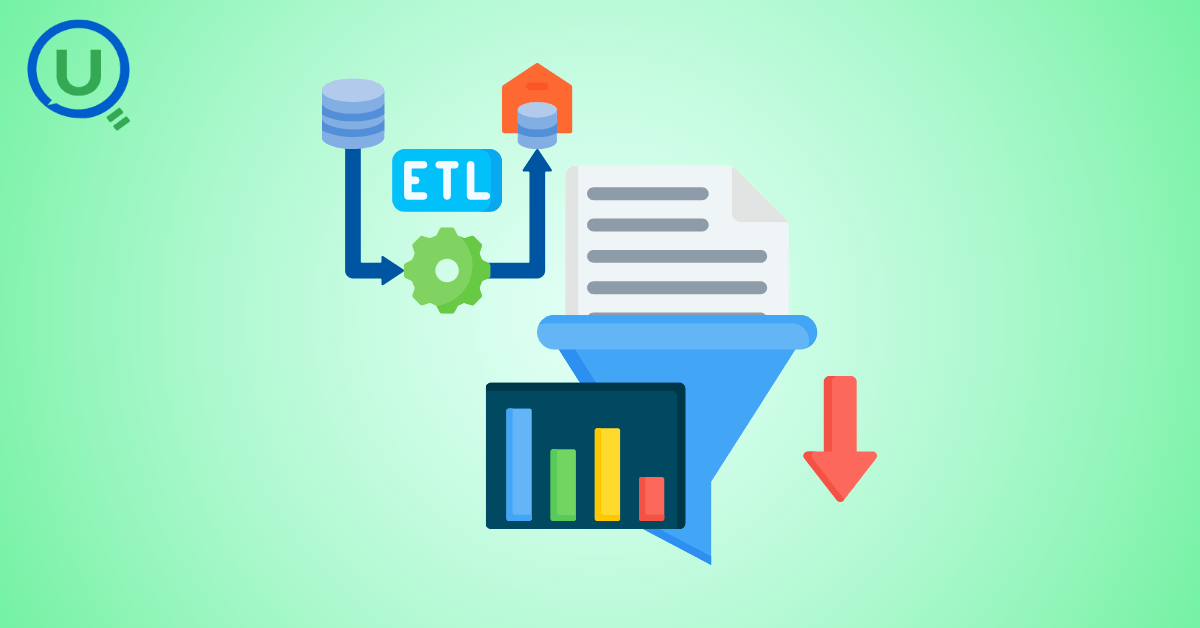
Dive into the fundamental concepts and phases of ETL, learning how to extract valuable data, transform it into actionable insights, and load it seamlessly into your systems.
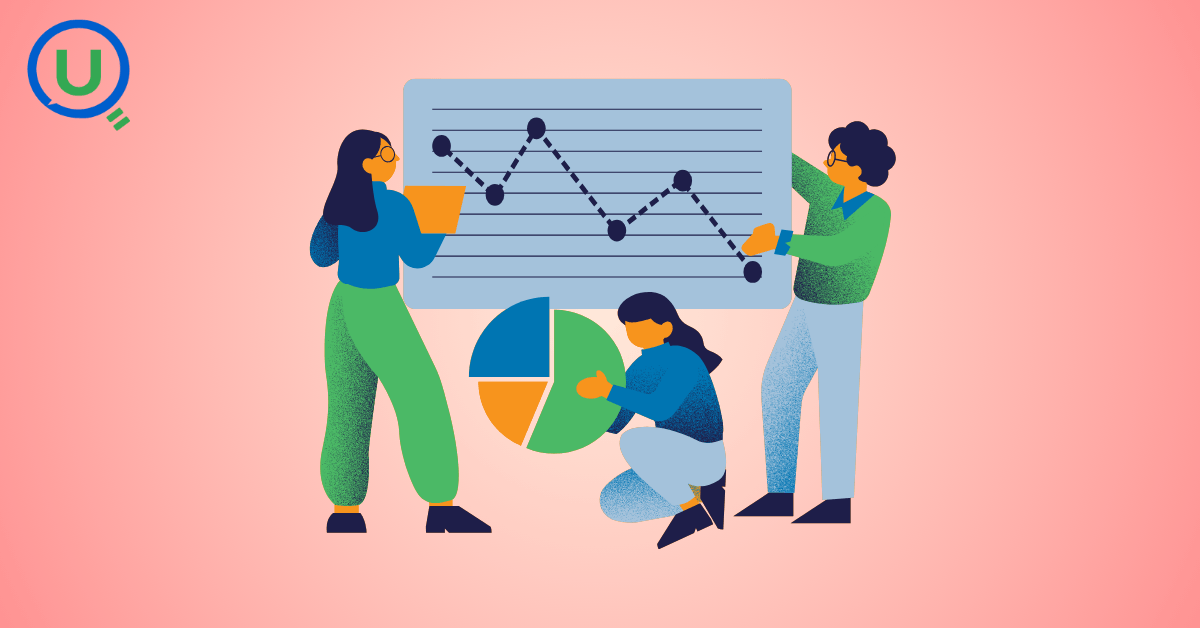
An easy to follow guide prepared based on our experience with upskilling thousands of learners in Data Literacy
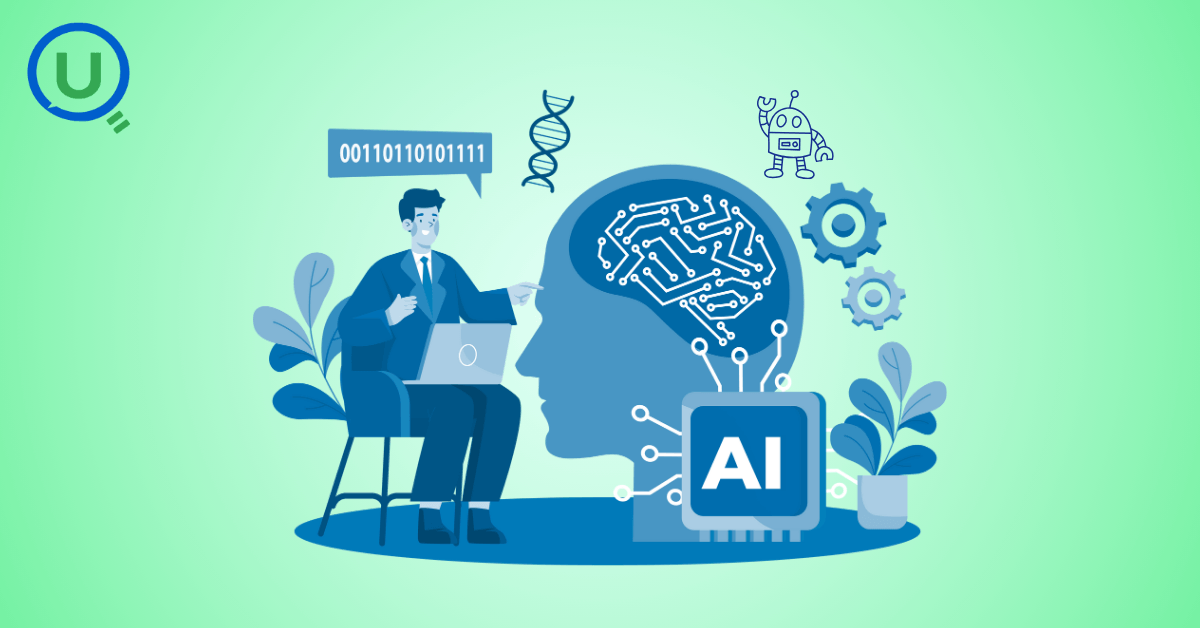
Teaching a Robot to Recognize Pastries with Neural Networks and artificial intelligence (AI)
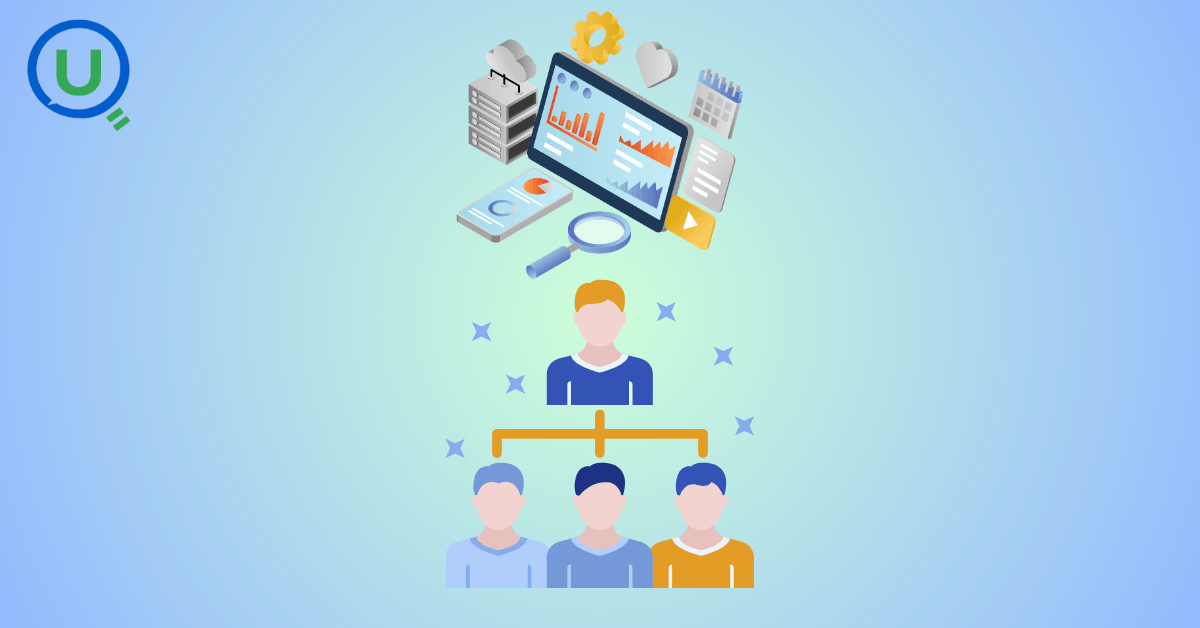
Streamlining Storage Management for E-commerce Business by exploring Flat vs. Hierarchical Systems

Figuring out how Cloud help reduce the Total Cost of Ownership of the IT infrastructure

Understand the circumstances which force organizations to start thinking about migration their business to cloud
